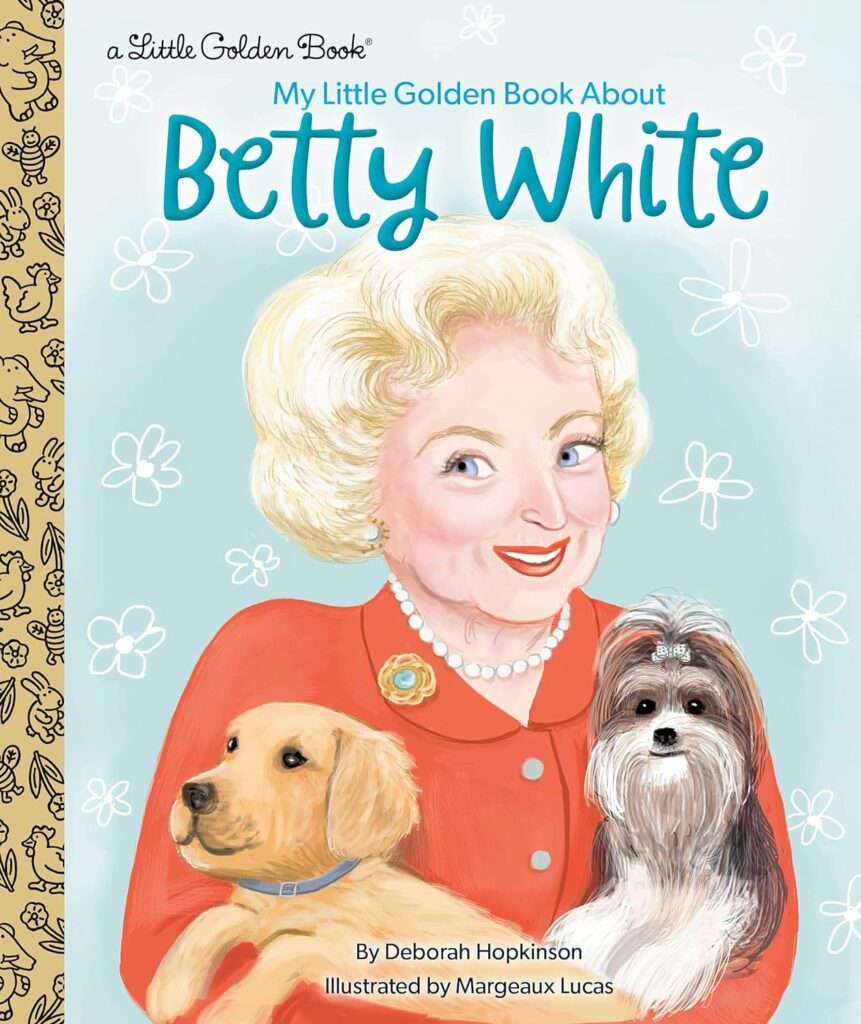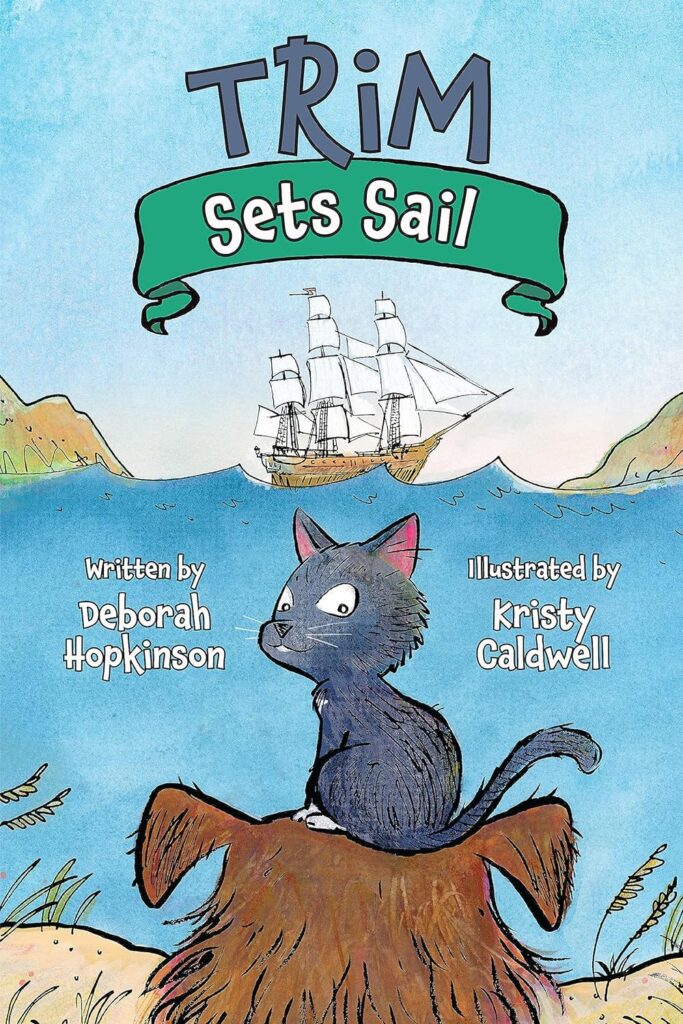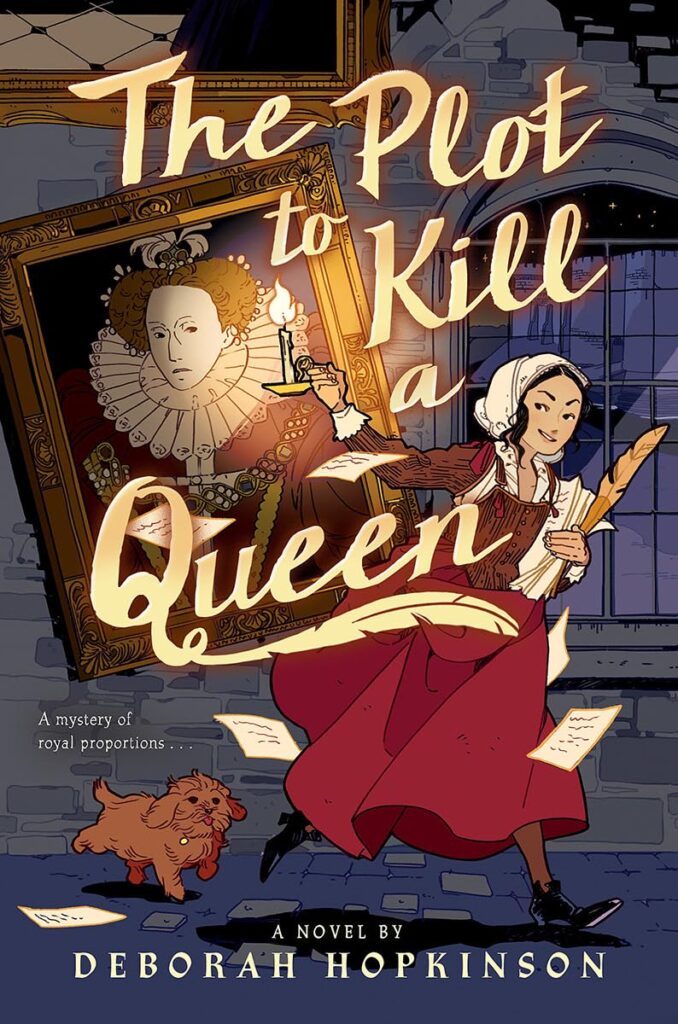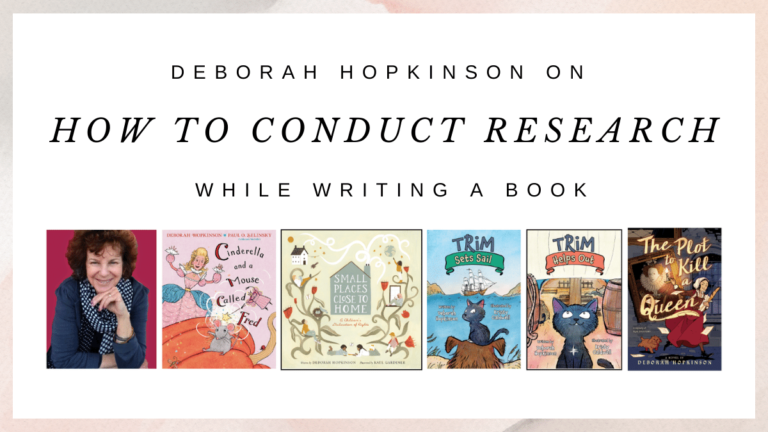Author Deborah Hopkinson Talks Research for The Children’s Book Review. This post may contain affiliate* links.
Yes, I LOVE Research!
When I try to pinpoint when my love of research began, I go back to an unusual geography test in fourth grade.
Instead of tricky multiple-choice questions or fill-in-the-blanks, our teacher handed out blank sheets of paper and asked us to write what we’d gleaned about the Netherlands from our rather massive geography textbook. The assignment wasn’t prescriptive—we weren’t given a formula or rules. But that’s what I liked best about it.
I remember scribbling page after page. It had been fun to discover new facts, but even more, I enjoyed the challenge of pulling together what I’d learned into sentences—making a sort of story.
And, in one way or another, whether in professional grant writing jobs or as an author of fiction and nonfiction for children and teens, I’ve been doing research ever since.
Even Little Golden Books Require Research
Research is integral to all my writing. Recently someone asked if I’ve ever written a book that hasn’t required research. I had to stop and think: Only two of my eighty published titles haven’t involved some level of research.
It’s fairly obvious that long-form nonfiction books such as Race Against Death: The Greatest POW Rescue of World War II (Scholastic 2023) require extensive research, including hours and hours of time tracking down historical photographs.
But people might be surprised at the amount of research that goes into twenty-four-page Little Golden Book biographies. To date, I’ve written four, featuring Dolly Parton, Betty White, Tony Bennett, and Dr. Jonas Salk. Not only do I delve into interviews, autobiographies, biographies, films, and other sources, but the manuscripts are reviewed by outside experts or family members. It’s not easy to capture the essence of an accomplished person’s life in such a brief format, but extensive research helps to bring that life into sharper focus.

Picture books, whether nonfiction, historical fiction, or informational fiction, require research too. When writing Small Places, Close to Home: A Children’s Declaration of Rights (Balzer & Bray, 2023), I watched interviews and read speeches by Eleanor Roosevelt, who championed the first Universal Declaration of Human Rights, adopted by the United Nations in 1948. With informational fiction such as Butterflies Belong Here (Chronicle Books, 2020), which integrates facts about monarch butterflies with a fictional story, I contacted monarch butterfly experts and began growing my own milkweed (sadly, no monarchs yet).
I love in-person research, whether it’s climbing aboard a submarine at a museum here in Portland, Oregon, or visiting places where my books are set, such as London, New York, and San Francisco. Of course, sometimes travel isn’t possible, whether it’s because of lockdown, family obligations, or finances. That’s when it’s time to pull out all the research tools, which is exactly the case with my two new historical fiction projects out in Fall 2023—even one that stars a talking cat!
Adventures of Trim
I can’t recall how I first stumbled across the true tale of Trim, the beloved ship’s cat of British explorer Matthew Flinders (1774-1814). Flinders led the first expedition to circumnavigate Australia in the early 1800s—and since Trim went along, he has the distinction of being the first feline to sail around the continent. (If other cats have done it since, I’m afraid I don’t know their names!) After I discovered an online copy of the tribute Flinders penned about “fearless seaman” Trim, I just had to find a way to write about this pair.
It took a number of false starts, but this new intermediate reader series from Peachtree launches in Fall 2023 with Trim Sets Sail and Trim Helps Out, and includes absolutely delightful illustrations by Kristy Caldwell. (Watch for Trim Saves the Day and Trim Sails the Storm in 2024).

Trim and his fellow non-human companions are at the heart of this very fictionalized series set on the HMS Investigator. But although the story features talking animals, artist Kristy Caldwell and I both took advantage of a wealth of online resources about the expedition, including museum and library collections in Great Britain and Australia.
For example, young Will in our series was inspired by landscape painter William Westall, who joined the expedition when he was only nineteen. We’ve also included references to the expedition’s on-board plant and nature collections.
One of the joys of writing the Trim series has been introducing very young readers to the genre of historical fiction. Each book includes an author’s note with a photo of a statue of Flinders and Trim, as well as tidbits from Flinders’s tribute to his cat. Flinders wrote that, as a kitten, Trim fell overboard, and when a rope was tossed to him, he climbed right up. And this incident makes its way into Trim Sets Sail.
The Plot to Kill a Queen
If researching a story that took place more than 220 years ago is difficult, writing a middle grade historical fiction set in 1582 was an entirely new challenge. Personally, I find the research required for longer historical fiction to be even more challenging than nonfiction research. That’s because, in fiction, we’re depicting characters in daily life—and that means including lots (and lots) of detail.
Aspiring playwright and spy Emilia Bassano is the thirteen-year-old heroine of The Plot to Kill a Queen (Scholastic, 2023). As I spun Emilia’s adventures, I found that questions arose on almost every page:

- What would Emilia wear when she travels to see a play disguised as a servant lad? How did she get across London?
- What would she wear while at Elizabeth’s court? How might Emilia’s outfits differ from that of adult noblewomen? And what about shoes?
- When Emilia travels to become a spy in the castle where Mary, Queen of Scots is imprisoned, what were coaches like in 1582? How fast did they travel and how many days would it take to get from London to Yorkshire?
You get the picture: The research sometimes seemed endless!
Fortunately, books about life in Elizabethan England do exist and became my constant companions. (I usually have one or two bins full of secondary sources beside my desk for each project.)
However, one of my most exciting research findings was the discovery online of “The Elizabethan Court Day by Day” by Marion E. Colthorpe at the “Folgerpedia” site affiliated with the Folger Shakespeare Library.
This tremendous resource is a compilation of known activities at court—from the comings and goings of prominent visitors to the entertainments mounted for Elizabeth and her courtiers during the holiday season.
Now, I know perusing a calendar of events that took place more than four hundred years ago may not be high on most people’s list of fun activities, so I’ll stop there. And while it’s easy for me to get carried away with research, I always try (and my editor reminds me) that the story comes first. Still, just like in the Trim books, The Plot to Kill a Queen includes an author’s note, along with more extensive internet resource links. And this back matter isn’t just there for librarians and teachers: I’ve met many students at schools and libraries who astound me with their eagerness to learn and capacity for knowledge. Research lovers are everywhere!
Upcoming Books By Deborah Hopkinson:
The Plot to Kill a Queen (Scholastic, October 17, 2023, Ages 8-12)
Trim Sets Sail and Trim Helps Out (Peachtree, October 24, 2023, ages 7-10), illustrated by Kristy Caldwell
Cinderella and a Mouse Called Fred (Anne Schwartz Books / Penguin Random House, August 15, 2023, Ages 4-8), illustrated by Paul Zelinsky
Small Places, Close to Home: A Child’s Declaration of Rights (Balzer + Bray / HarperCollins, October 3, 2023, Ages 4-8), illustrated by Kate Gardiner
About the Author
Deborah Hopkinson is the award-winning author of more than 70 books for young readers, including picture books, middle grade historical fiction, Little Golden Book biographies, and long-form nonfiction. Other awards include a Sibert honor, a Carter G. Woodson honor, an NCTE Orbis Pictus Honor, and a Boston Globe/Horn Book honor. Deborah received a B.A. and a master’s degree from the University of Hawai’i at Mānoa and worked in academic advancement prior to writing full-time. Deborah currently lives in Oregon.
Follow her online at www.deborahhopkinson.com.

Deborah Hopkinson On How to Conduct Research While Writing a Book was written by Deborah Hopkinson.
*Disclosure: Please note that this post may contain affiliate links that share some commission. Rest assured that these will not affect the cost of any products and services promoted here. Our team always provides their authentic opinion in all content published on this site.



